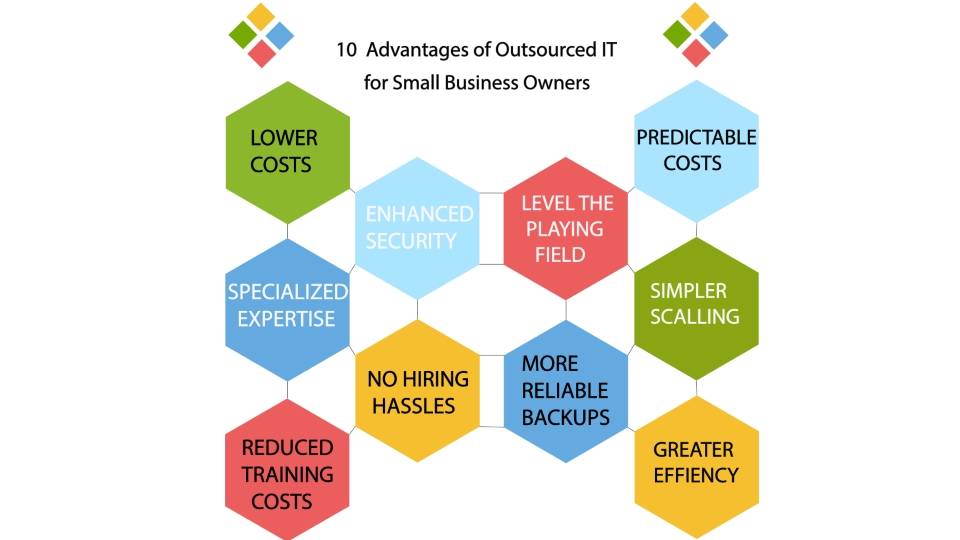
3 Tips for Ensuring Business Process Outsourcing Delivers Innovation
It's not uncommon for a business process outsourcing (BPO) agreement to improved process efficiency and a nice bundle of cost savings. But in today's competitive environment, companies expect BPO projects to deliver something more radical, namely, innovation.
As a consequence, it's likely a BPO client organization will register disappointment if a service provider delivers efficiency and cost savings alone. But the question arises: "Is it fair for a client to have expectations regarding innovation?" The answer to that question is "No," unless a client declares innovation goals in the BPO agreement and takes note of the aggregate results a BPO project delivers. It's equally important, however, that a client supports the BPO provider's efforts by taking four particular actions.
Read about managing outsourced IT functions
Employ the appropriate change management processes.
A company relies on change management processes to move an organization from a current state to a future one during the execution of a BPO project. Coordinated change processes increase the likelihood that employees will accept and support a project, and in so doing, make it more likely the project will achieve planned-for results. Consequently, the success of change management processes is somewhat dependent on the use of particular methods and tools that support the management of change from a current state to a future one. These tools and methods increase the probability that organizational change will occur on schedule and budget, and have the desired effect. In addition, the tools and methods make it more likely a company will realize the projected benefits of a change, which includes an expected return on investment.
Adopt an infrastructure that supports innovation.
The sole purpose of any outsourcing strategy is to achieve one or more business objectives. The fact this might be possible due to an innovative process is beside the point. What matters is the business objective: improved operational efficiency, process effectiveness or greater strategic impacts. However, efforts to accomplish an objective often benefit from providing an infrastructure that supports an innovative mindset. Making such an infrastructure available makes it more likely that innovative processes will contribute to the accomplishment of agreed-to measurable business outcomes.
The needed infrastructure may be based on the principles of open innovation, which means a variety of stakeholders, including customers and suppliers, are allowed to contribute to the achievement of the objectives. The infrastructure might also support coaching the team on such matters as effective collaboration and the adoption of tools to create a virtual workplace that supports stakeholder participation. In addition, the infrastructure may include the availability of a physical workspace designed to support collaboration and problem-solving.
Refuse to be satisfied with the status quo.
Business process outsourcing providers may offer clients innovative technology, tools, and processes. But the positive effects that result from the use of these tools and processes can lead to even greater expectations. These expectations provide an opportunity for the client and provider to set a specific direction to accomplish particular goals and join together to achieve greater business outcomes. These goals should apply to all organizational domains. When all elements operate at the same level, total innovation increases. But when elements operate at different levels, it can be an indication that business units are working at cross purposes.
Read about using the dedicated team outsourcing model
Business process outsourcing providers may offer clients innovative technology, tools, and processes. But the positive effects that result from the use of these tools and processes can lead to even greater expectations. These expectations provide an opportunity for the client and provider to set a specific direction to accomplish particular goals and join together to achieve greater business outcomes. These goals should apply to all organizational domains. When all elements operate at the same level, total innovation increases. But when elements operate at different levels, it can be an indication that business units are working at cross purposes.
Written by Billie Nordmeyer



